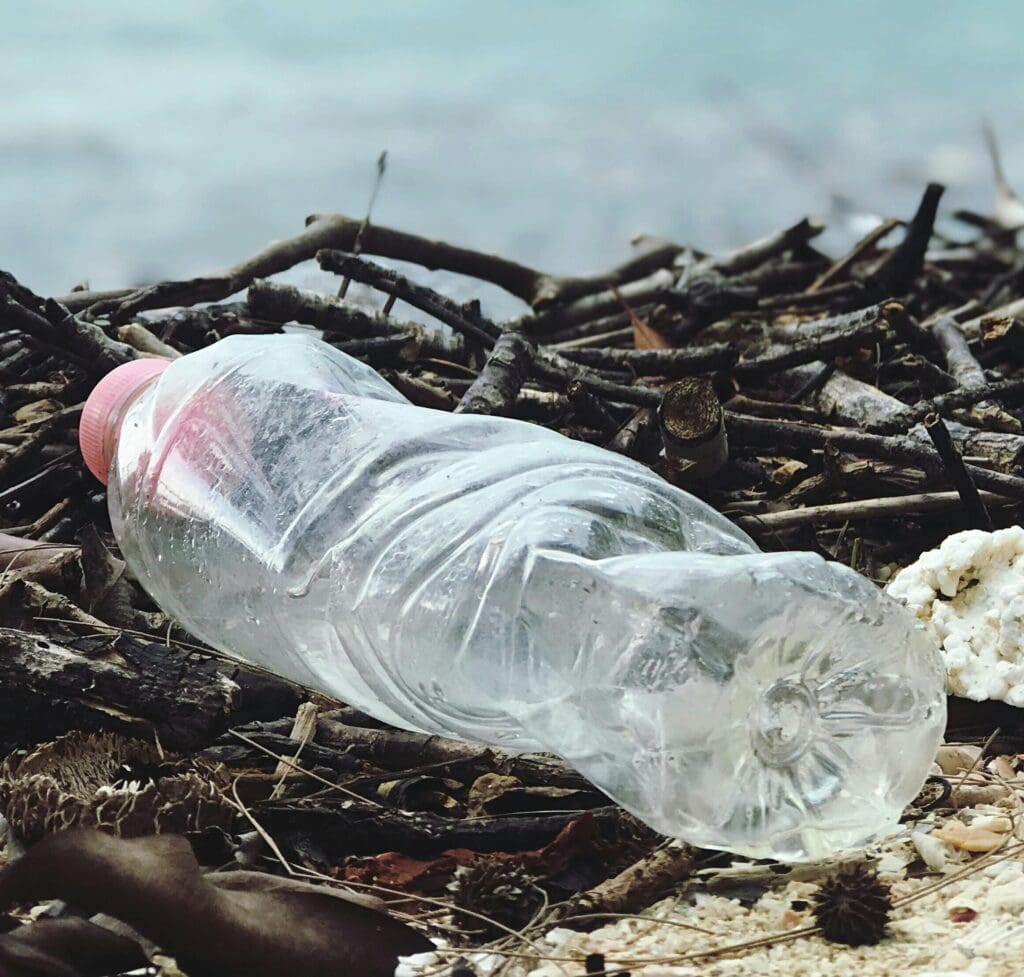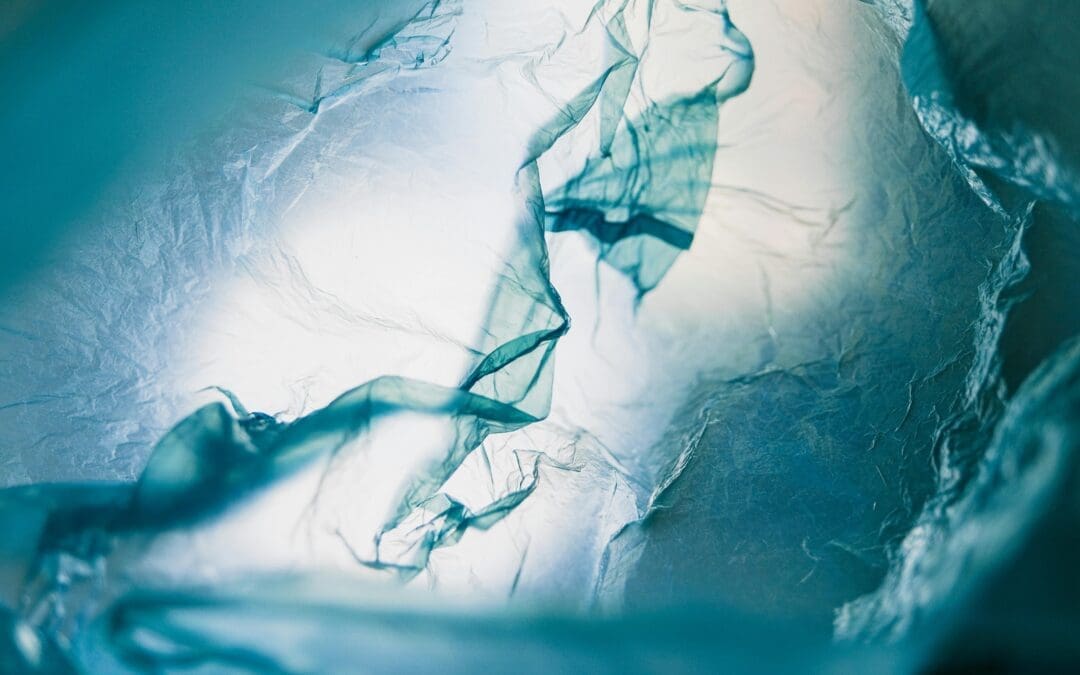By: Heather Vaughan, L.Ac, MSOM, C.Ay, CYT
Welcome, water aficionados, science enthusiasts, and those just thirsty for knowledge. In honor of Earth Day, we’re diving into a topic as small as a nanoparticle but as significant as the ocean itself: nanoplastics. And fear not, hydration seeker, we’re navigating these microscopic waters with the clarity and precision of a reverse osmosis membrane.
Spoiler Alert: FreshPure® RO membranes are designed to effectively remove particles as small as 1/10,000th of a micron, ensuring that even the tiniest nanoplastics are removed at this stage of our top-notch filtration process.
Nanoplastics = Next Gen Microplastics
You may have noticed a flurry of major news sources reporting that microplastics have just been overshadowed by nanoplastics. This comes on the heels of a groundbreaking study released this past January which found that “one liter of water — the equivalent of two standard-size bottled waters — contained an average of 240,000 plastic particles from seven types of plastics, of which 90% were identified as nanoplastics and the rest were microplastics.” (CNN)
What does that mean, size-wise? “Microplastics are polymer fragments that can range from less than 0.2 inch (5 millimeters) down to 1/25,000th of an inch (1 micrometer). Anything smaller is a nanoplastic that must be measured in billionths of a meter.” For scale, nanoplastics are 1/1000th the width of a human hair. (Science Direct).
Nanoplastics from Hormones to Heart Health
Nanoplastics potentially pose serious risks to both ecosystems and human health, due to their widespread presence in water sources. At 1/1000th the width of a human hair, nanoplastics are small enough to pass through the gastrointestinal tract and lungs, meaning they can easily enter the bloodstream and internal organs of both humans and wildlife. This can potentially distribute “harmful synthetic chemicals throughout the body and into cells,” and could be linked to ill-health effects including heart attacks, strokes, and other cardiovascular diseases (NBC), as well as disrupting hormonal balance via the endocrine system. (CNN).

Side Note: How do nanoplastics enter bottled water?
- Heat waves accelerate the rate of plastic leaching into water
- Crushing or smashing the bottle causes disintegration
- Twisting the cap simply to take it off and put it back on the bottle causes micro damage to the cap itself
Source: EWG
A Solution for Nanoplastic-Free Water: Reverse Osmosis Technology
Here at FreshPure® Waters, we take pride not just in quenching your thirst, but in delivering water that’s pure and safe. One of our not-so-secret weapons in this quest for pristine hydration is our trusty reverse osmosis (RO) process. But first, let’s break it down for those who might be wondering, “What’s reverse osmosis, anyway?”
Reverse Osmosis is the process of using high pressure to pass water through a state-of-the-art membrane with extremely tiny pores. Anything that makes it through our first two stages of filtration gets removed with RO. In fact, our RO membranes are so effective that they can filter out particles as small as 1/10,000th of a micron. With nanoplatics measuring at 1/1000th of a micron, there is no way for them to make it to the other side (aka, your water glass). It’s like trying to fit a camel through the eye of a needle – not happening on our watch.
3 Waters – 0 Nanoplastics
If you prefer your H2O with a high pH alkaline kick or stripped down to its purest form with deionization, rest assured that all our waters undergo the rigorous reverse osmosis process. This means that no matter your preference, you can trust that your water has been thoroughly purified to meet our stringent quality standards.
Imagining Plastic-Free Water
In conclusion, dear readers, the battle against nanoplastics may seem daunting. But, with FreshPure® Waters on your side, you can sip Reverse Osmosis, High pH Alkaline, or Deionized water with confidence. While FreshPure® Reverse Osmosis technology may not solve the plastic crisis, at least you can drink clean water in the meantime. So, raise a glass to science, to purity, and to keeping those pesky plastics out of our drinking water. Cheers to your health, and to water that’s as pure as our intentions.
Sources
CNN. January 8th, 2024. Bottled water packed with nanoplastics, study finds.
NBC. March 7th, 2024Scientists found tiny microplastics in people’s arteries. Their presence was tied to a higher risk of heart disease.
NBC New. January 9th, 2024. Scientists find about a quarter-million invisible nanoplastic particles in a liter of bottled water.
Science Direct: January 15th, 2023. Size-independent quantification of nanoplastics in various aqueous media using surfaced-enhanced Raman scattering.
Proceedings of the National Academy of Sciences of the Unites States of America (PNAS). January 8th, 2024. Rapid single-particle chemical imaging of nanoplastics by SRS microscopy.
Environmental Working Group (EWG). What’s in your water bottle? Concerns about microplastics in caps
